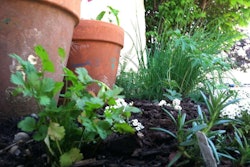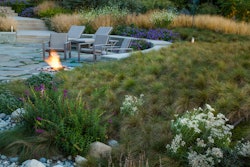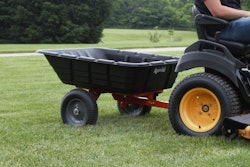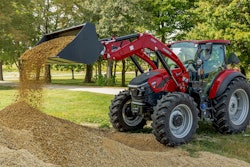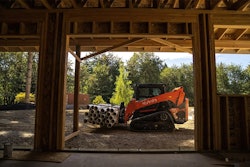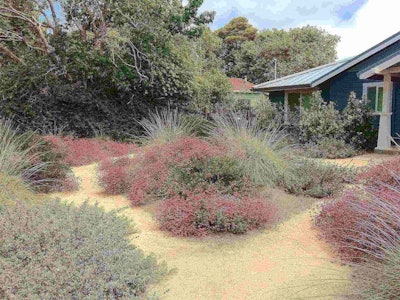 Informal plantings of rosy buckwheat, deer grass, ceanothus, coyote mint, manzanita and bush anemone spill into the decomposed granite paths in this California native garden in Capitola. Designed and maintained by Plant Landscape Design.
Informal plantings of rosy buckwheat, deer grass, ceanothus, coyote mint, manzanita and bush anemone spill into the decomposed granite paths in this California native garden in Capitola. Designed and maintained by Plant Landscape Design.Photo: Matt Ross/Flickr
Spring is arriving ahead of schedule across the nation. For those grappling with when, what and where to plant, the Outdoor Power Equipment Institute (OPEI) reminds everyone of the importance of making smart long-term landscaping choices.
“California gave us the greatest lesson. It showed that regulating the landscaped environment isn’t smart,” said Kris Kiser, CEO and President of OPEI. “In a well-intentioned effort to save water, they experimented with replacing living landscapes with rocks, mulch and honest-to-God ‘plastic grass.’ Unfortunately, due to this short-term experiment, in those areas where landscaping and turfgrass were removed they are no longer capturing and filtering rainwater or holding it on site for the trees and plants to use.”
Homeowners in California were paid by state and local governments to replace their living landscapes, including their turfgrass, with rocks, cactus, mulch and plastic grass. California auditors later discovered that this was the last effective water-saving measure. After dealing with the droughts that have taken place over the past few years, California is now dealing with torrential rains, mudslides, storm water runoff and heavy snowfall.
“As homeowners get ready to choose plants for spring, it’s imperative we learn from California’s mistakes,” he says. “If they’d seen their lawns and landscapes as an appropriate use of water and an investment in nature and home habitat, California cities could have helped save some of their dying, city canopy trees, which get watered along with yards and green space. And all those ‘drought-friendly’ yards of nothing but mulch? They’re washing away.”
To sum up another landscape approach, Kiser says, “Plant for forever—not for short-term weather changes.”
OPEI suggests the following landscaping tips when planting this spring:
- Plant a living landscape that breathes, because it creates oxygen and sequesters carbon.
- Follow the “right plant, right place” rule by putting in living trees, shrubs, grasses and flowering plants that are right for your climate zone.
- Remember wildlife in your planting choices, and add flowering plants to support pollinators like birds, bees and butterflies.
- Plant for your lifestyle.
- Put in a mix of adaptive and native plants that can handle people traffic and provide food and habitats for wildlife.
- Don’t overwater.
- Let plants go dormant in drought conditions.
“Plants are smarter than we are when it comes to natural, cyclical weather events,” said Kiser. “We just need to get out of the way. Make the right plant and tree selections for your climate zone. Once established, they’ll do it on their own. They’ll spring back up when the rains return. And the rain always returns.”
Living landscapes produce oxygen, sequester carbon, capture and filter rainwater, prevent soil erosion, lower urban heat and capture dust and particulates.
“Take a lesson from the California experiment. We’ve seen, first-hand, what happens when government regulates too much and forces people to change their living landscapes for short-term realities,” adds Kiser. “The health of our communities depends on us getting smarter about working with nature. Plant for the future—our future.”



